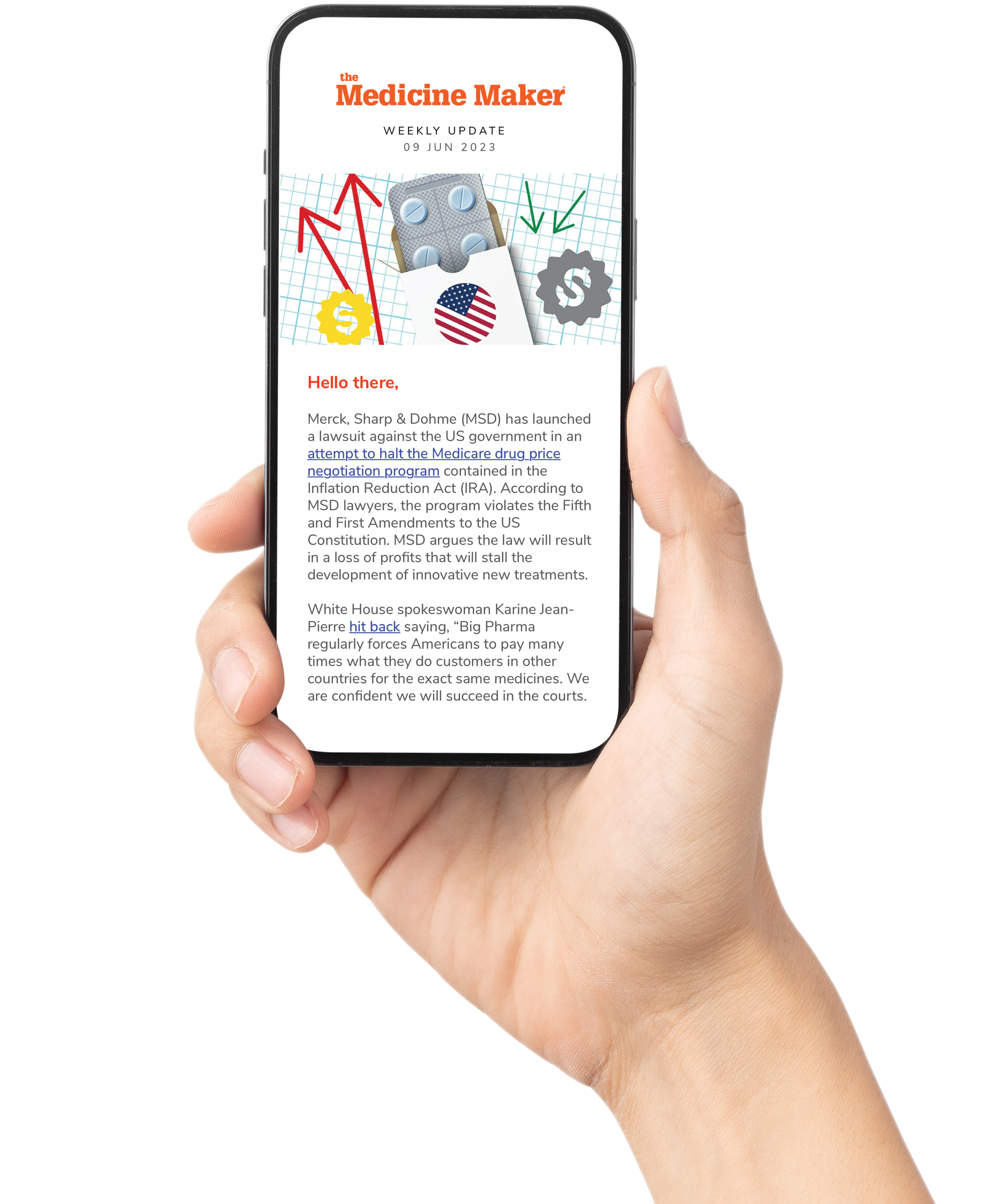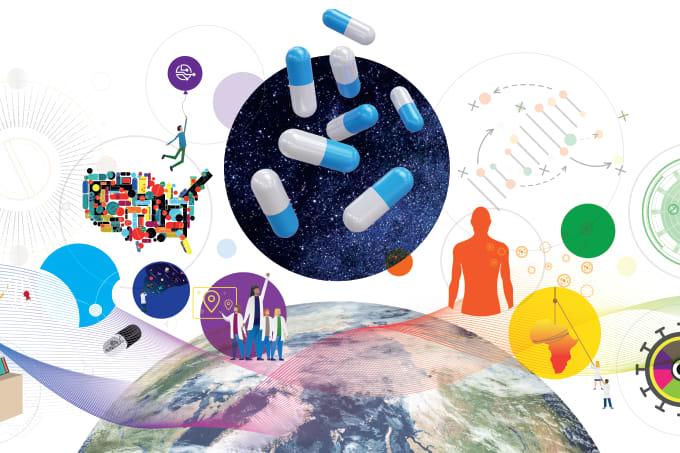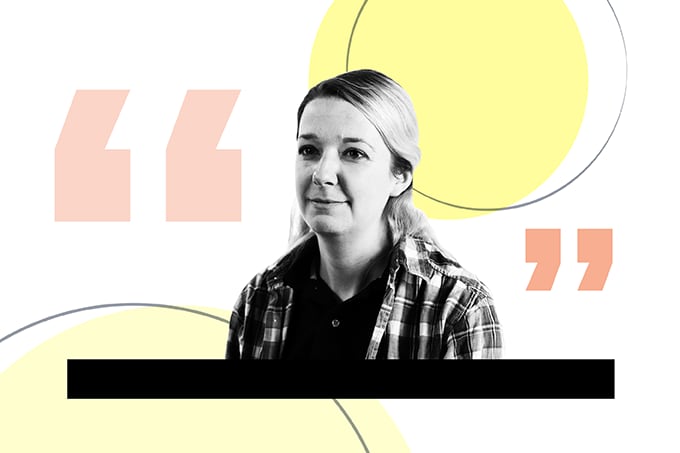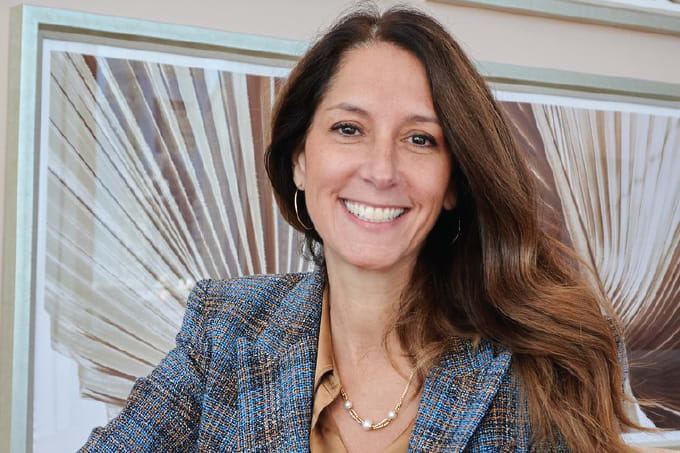
Cardinal Health recently released its 2025 Advanced Therapies Report, which provides an overview of the current state and emerging challenges associated with cell and gene therapies (CGTs) in the US. Over 20 CGTs have been approved in recent years, including the first CRISPR-based therapy and treatments targeting sickle cell disease, hemophilia, and solid tumors. The report draws on interviews, survey data from 104 healthcare professionals, and patient case studies to assess systemic issues across the therapy lifecycle. Key topics include the complexity of the referral process, payer access issues, and logistical barriers to treatment. Referral challenges stem largely from administrative burdens and fragmented communication between community physicians and administering centers. Only an estimated 20–40% of patients who may benefit from CGTs are referred for them. Providers report difficulties with patient data visibility and lack of standardized intake procedures.
We speak with Fran Gregory, Vice President of Emerging Therapies at Cardinal Health, to get her view on the current market situation.
How have advancements since the first CAR T-cell therapies were introduced to the market in 2017 transformed patient outcomes?
The first two CAR T-cell therapies were introduced in 2017 and truly reflected a step forward in the sophistication of cancer treatment. These treatments resulted in life-saving outcomes that were unheard of at that time. The indications included B-cell, follicular and other lymphomas and leukemias. Since then, we have seen several additional cell therapies launch and successfully treat thousands of patients collectively. We've seen higher remission rates, and in some cases, durable, long-term remissions, offering patients a chance at a life free from their disease. The impact is truly transformative.
It’s difficult to compare outcomes today with what we saw prior to cell therapies entering the market. Previously, many patients had no other treatment option.
What are some notable treatments that have been introduced to the market in the last few years?
The last few years have been incredibly exciting in the CGT space. We've seen approvals for therapies addressing previously untreatable or difficult-to-treat conditions. Some key examples include gene therapies to treat sickle cell disease, a debilitating condition affecting thousands of people worldwide. Treatment options prior to these advanced therapies only treated symptoms, but new gene therapies truly alter the course of the disease. Other new treatment modalities, such as T-cell receptor (TCR) cell therapy and tumor-infiltrating lymphocyte (TIL) treatments, offer lifesaving options for patients with conditions such as synovial sarcoma and certain types of melanomas. These are exciting times for science and patients.
When we look to the future, we will continue to see treatments for cancer indications, but we will also see an increase in neurology, immunology and hematologic therapeutic areas. Rare conditions will also continue to be a focus of research, particularly in genetic conditions that can be identified early with genetic testing and targeted by gene therapies.
What challenges does the healthcare system face with this rapidly growing industry?
The rapid growth of the CGT industry presents several challenges for the healthcare system. Since 2017, Cardinal Health has been working tirelessly to break down barriers to ensure patient access. Our initiatives include provider education to increase awareness of treatment availability, expanding provider treatment networks as needed, focusing on the pharmacogenomic data and the financial value of these treatments, and partnering with payers to work through therapy coverage policies and reimbursement. Logistics, storage and patient services are also at the core of what we do every day.
According to the survey, insufficient social support is the most common reason patients did not receive CGT. How can healthcare systems combat this issue?
The survey highlights a challenge that we knew existed and gave us even more ambition to continue pushing toward patient access through new, innovative methods. Social support can present itself in many ways, from challenges with caregiver support to a lack of support options to facilitate a long-term stay away from home for treatment. Healthcare systems can help patients overcome this by offering coordinated and comprehensive patient access and support services, expanding access points, addressing the social determinants of health, and providing education and resources. These tools are critical to help patients overcome barriers to care and access these life-saving therapies.
How has the turnaround process for CGT therapy access improved in the last few years?
We've seen some encouraging improvements in the turnaround time for CGT therapy access in recent years. First, it’s important to understand the factors that influence turnaround times and find opportunities to reduce the time within each workstream. From patient identification, referral to a treatment center, payer prior authorization, apheresis, manufacturing, logistics, hospitalization and infusion, each workstream has seen improvements over time. Although we recognize that there is room for improvement across the continuum, it’s encouraging to see healthcare providers and stakeholders taking steps to simplify and streamline processes. We will continue to focus on all those facets and expect that an increased number of patients will continue to benefit from these treatments over time.




